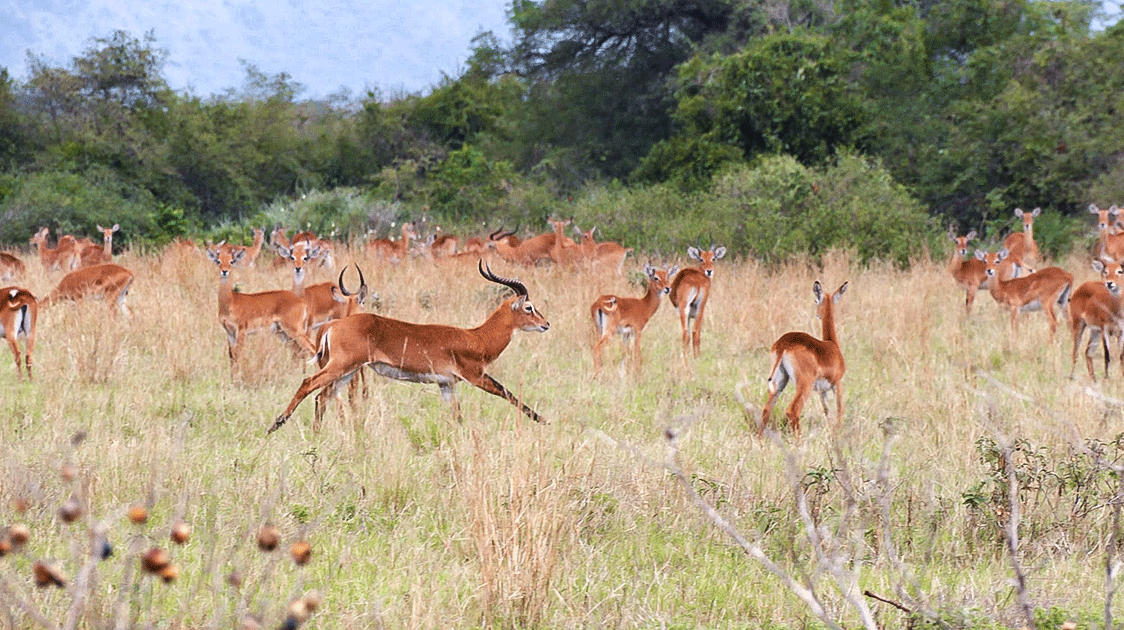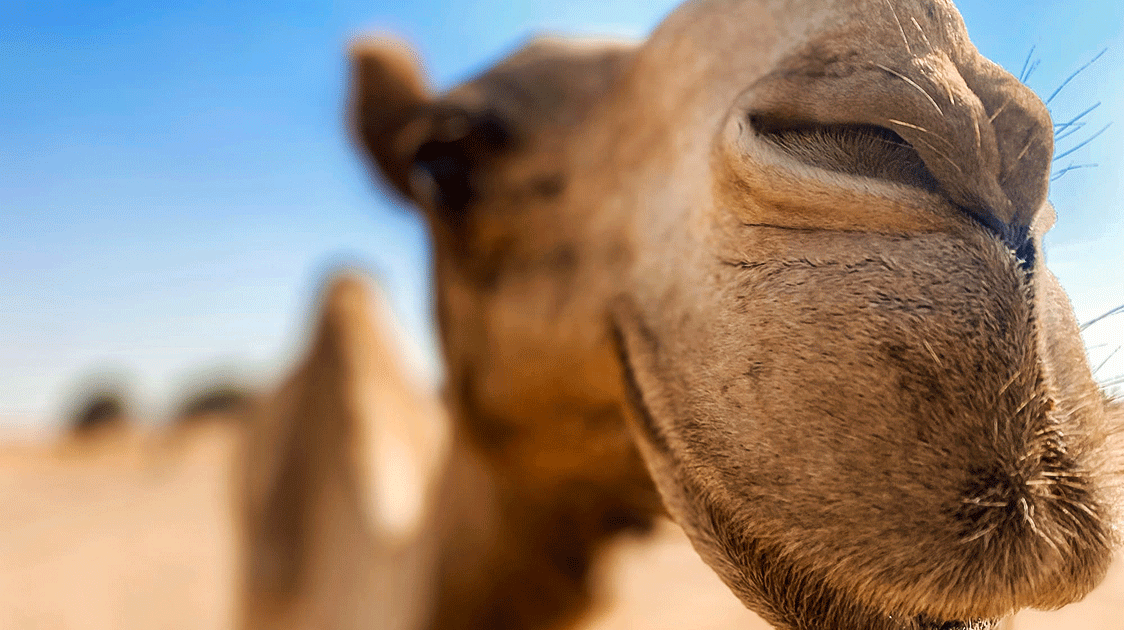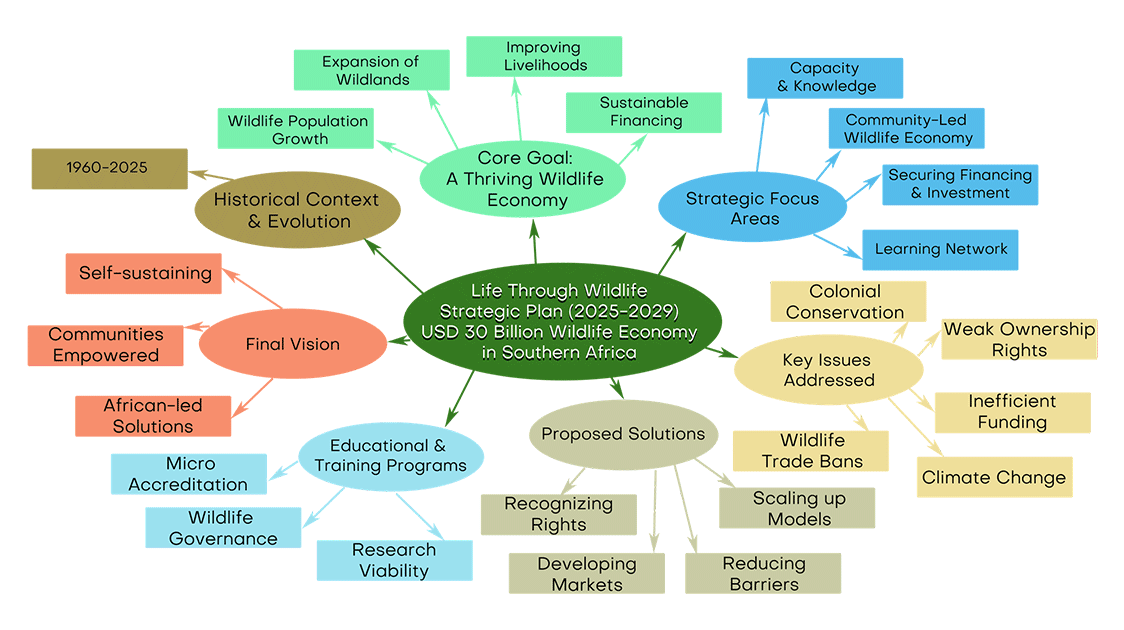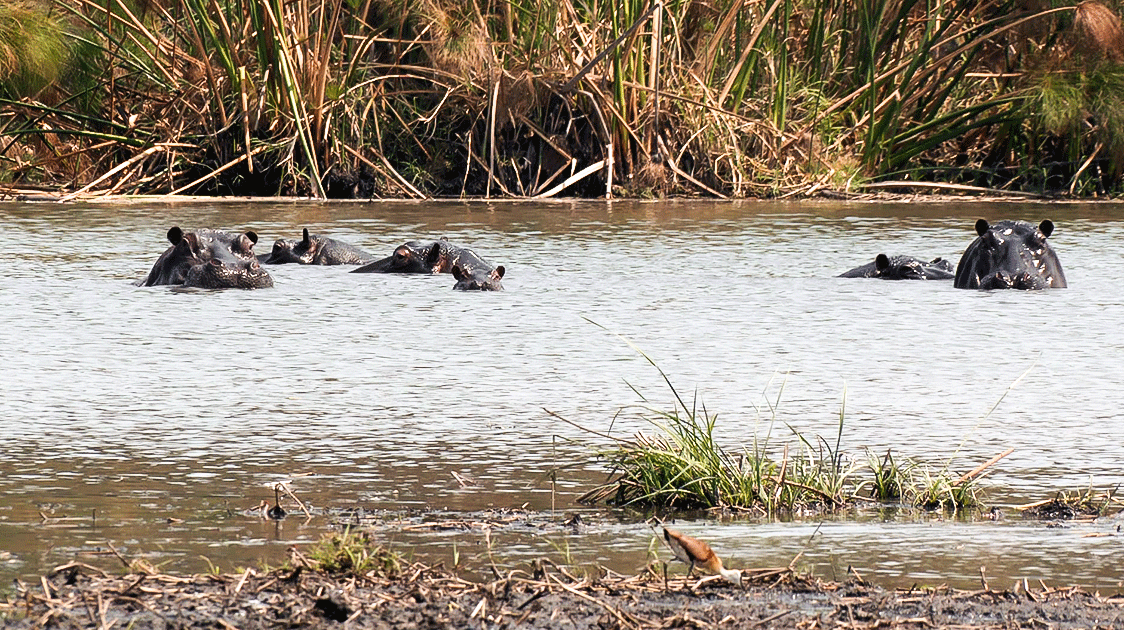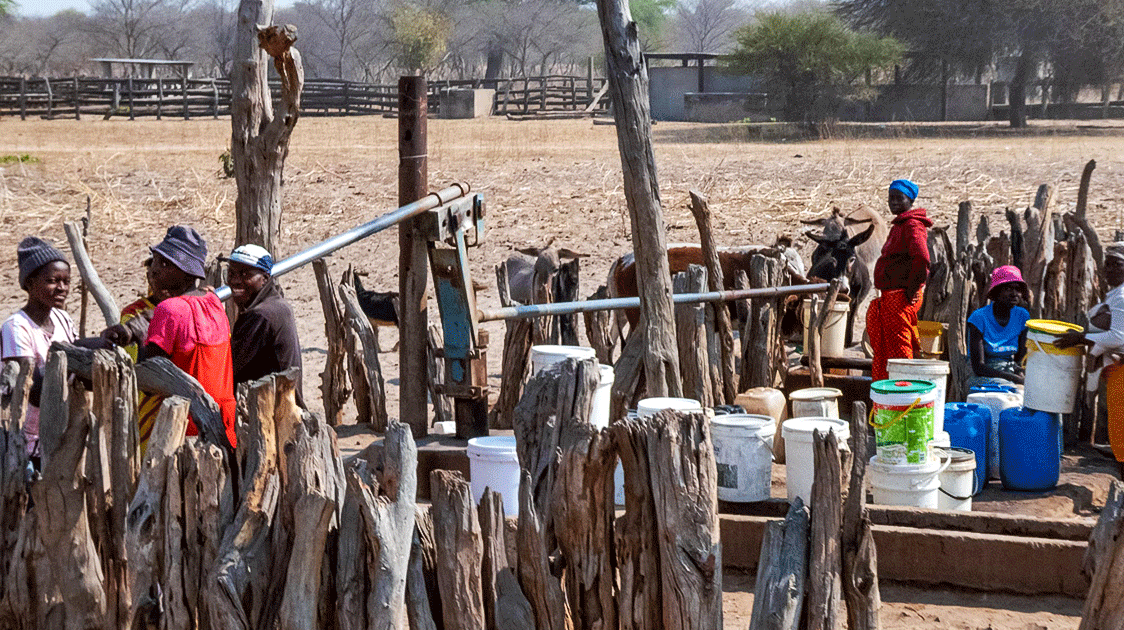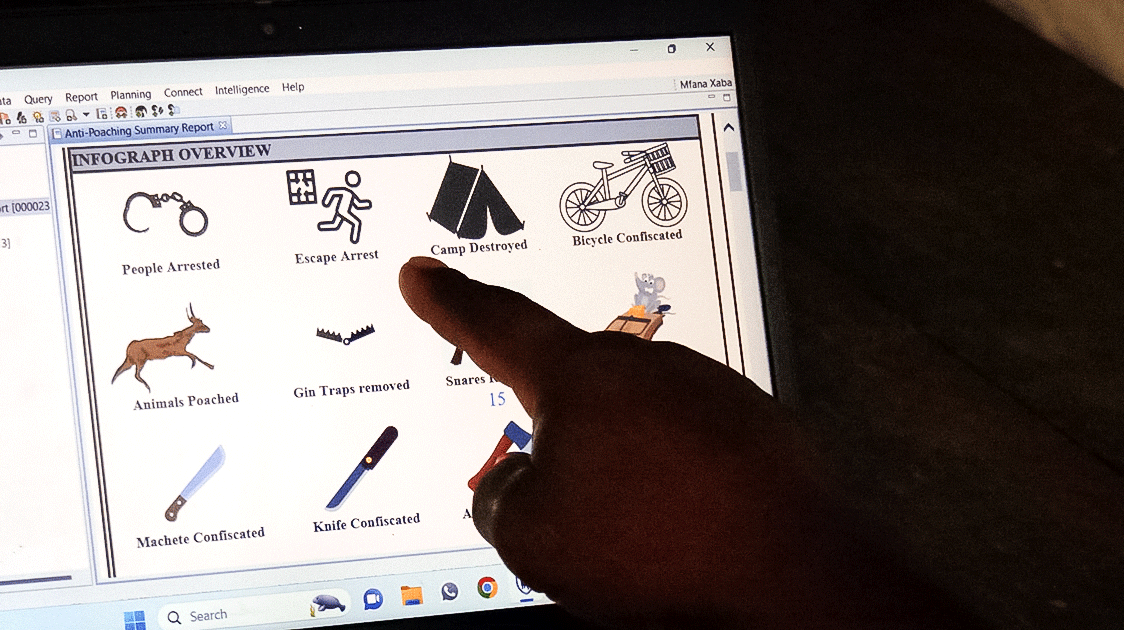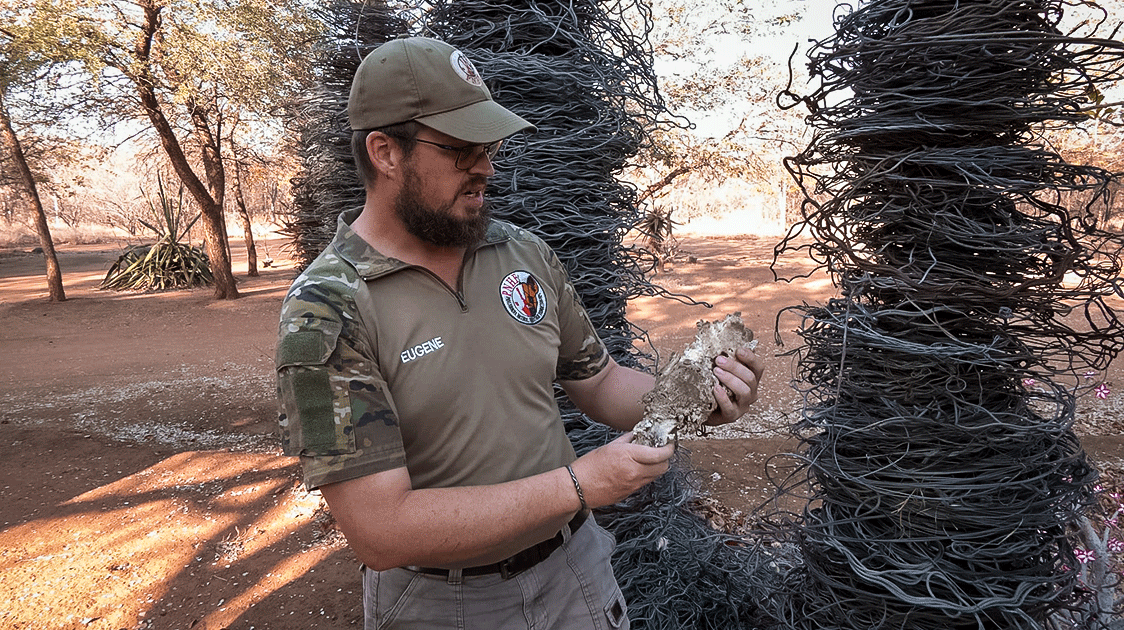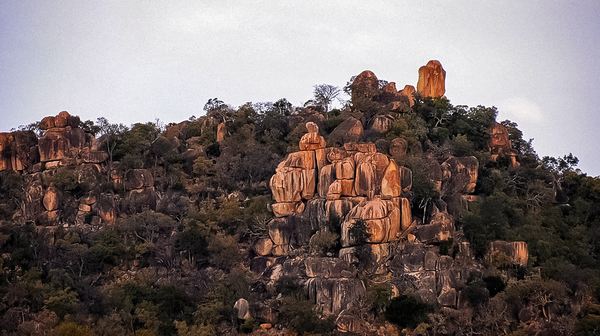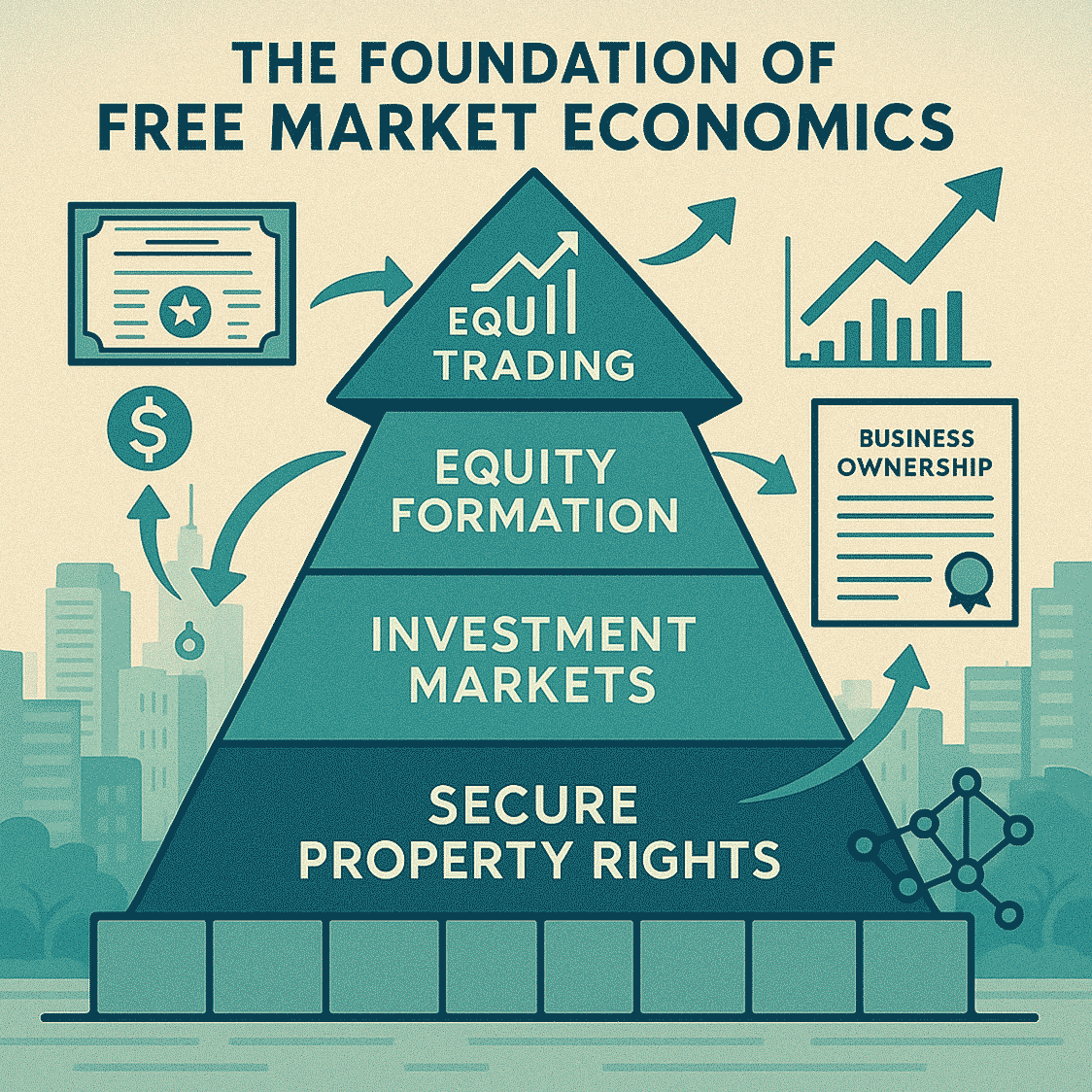Community Involvement
Conservation isn’t just about protecting animals, it’s about working with the people who live closest to them. Communities near national parks and reserves often face the toughest challenges. Elephants destroy crops, lions kill livestock, and traditional grazing routes may be blocked. These problems can lead to anger and frustration, and in some cases, local people may turn to poaching simply to survive.
But there’s a better way. When communities are involved in conservation, they become part of the solution, not the problem. Across Africa and other regions, community-based conservation has shown that people can be the best wildlife guardians when given the right tools, tactics & technology, support, and trust.
How Community-Based Conservation Works
1. Sharing Tourism Revenue
One of the most common models is revenue-sharing. When tourists visit parks, a portion of that money is given back to local communities. It might fund schools, clinics, roads, or clean water systems. This helps communities see direct benefits from having wildlife nearby. Instead of only dealing with the damage animals cause, they now also share in the rewards.
2. Community-Owned Conservancies
In some areas, villagers have formed conservancies—shared land where wildlife is protected and managed by the people who live there. These conservancies can earn income through eco-tourism or sustainable hunting, with profits going back to the village. When wildlife brings value, there’s a strong reason to protect it.
3. Hiring Local People as Rangers or Scouts
Locals are often hired as part of the ranger teams. These community wildlife scouts know the land better than anyone. They’ve grown up there. They understand animal behavior and can notice signs others might miss. This kind of local knowledge can make a huge difference when tracking poachers or finding injured animals.
Success Story: Change in Kunene, Namibia
In Namibia’s Kunene region, one village completely cleared its surrounding area of snare traps in just six months. The reason? A livestock compensation program was introduced. Before, farmers were losing animals to predators and had no way to recover the loss. But once they were paid fairly for the animals they lost, the need to trap or kill predators disappeared. The program changed how people saw conservation, it became something that helped them, not hurt them.
This is a clear example of how solving human-wildlife conflict with fair support can quickly lead to real results.
Why Community Involvement Matters
People who live near wildlife have the most to lose, or the most to gain. When they are left out of conservation efforts, conflict grows. But when they are brought in, treated as equal partners, and supported with jobs, income, or basic services, they often become the most dedicated protectors of nature.
Community-based conservation is not a soft option. It’s smart. It works because it respects local people’s needs and gives them reasons to care about what happens to the animals around them.
👉 Want to hear more stories like this? Subscribe to Patrol’s field reports and learn how communities around the world are becoming wildlife guardians; one village at a time.
FAQ
1. Does involving the community mean patrols stop?
No. Rangers are still needed, especially in areas where poaching is a serious threat. But when communities are involved, there’s less tension and more cooperation. That makes patrols safer and more effective.
2. How do these programs help people?
In many ways: they bring in jobs, help pay for schools and clinics, offer livestock compensation, and create income through tourism. These benefits give people a reason to protect, not harm wildlife.
3. What happens if a community isn’t interested?
It takes time to build trust. Not everyone agrees right away. But once people see that conservation brings real value, most get involved. Programs that listen and respond to local needs usually succeed.
4. Can communities really protect wildlife?
Yes. In many places, locals are the first to report illegal hunting or suspicious activity. They often react faster than outsiders and take more pride in the results when it’s their land and animals being protected.
5. Will this work everywhere?
It depends. Each community is different, and what works in one country may not work in another. But the core idea, respect people, share value, and involve them in decisions, can be adapted in many places.


